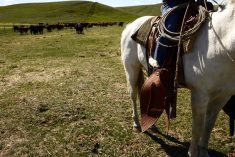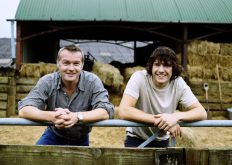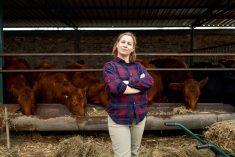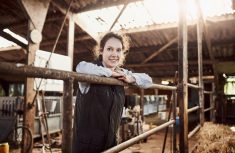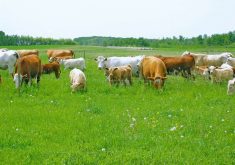The decline of rural communities is nothing new to those who live there. For those of us in agriculture, these communities are a hub and vitally important. Many communities are finding new and creative ways to flourish.
Becky McCray is supporting this with her development of the “Idea Friendly Town” concept. Many of her suggestions also apply to our operations, which she shared at the recent Canadian Beef Industry Conference in Saskatoon, Sask.
Read Also
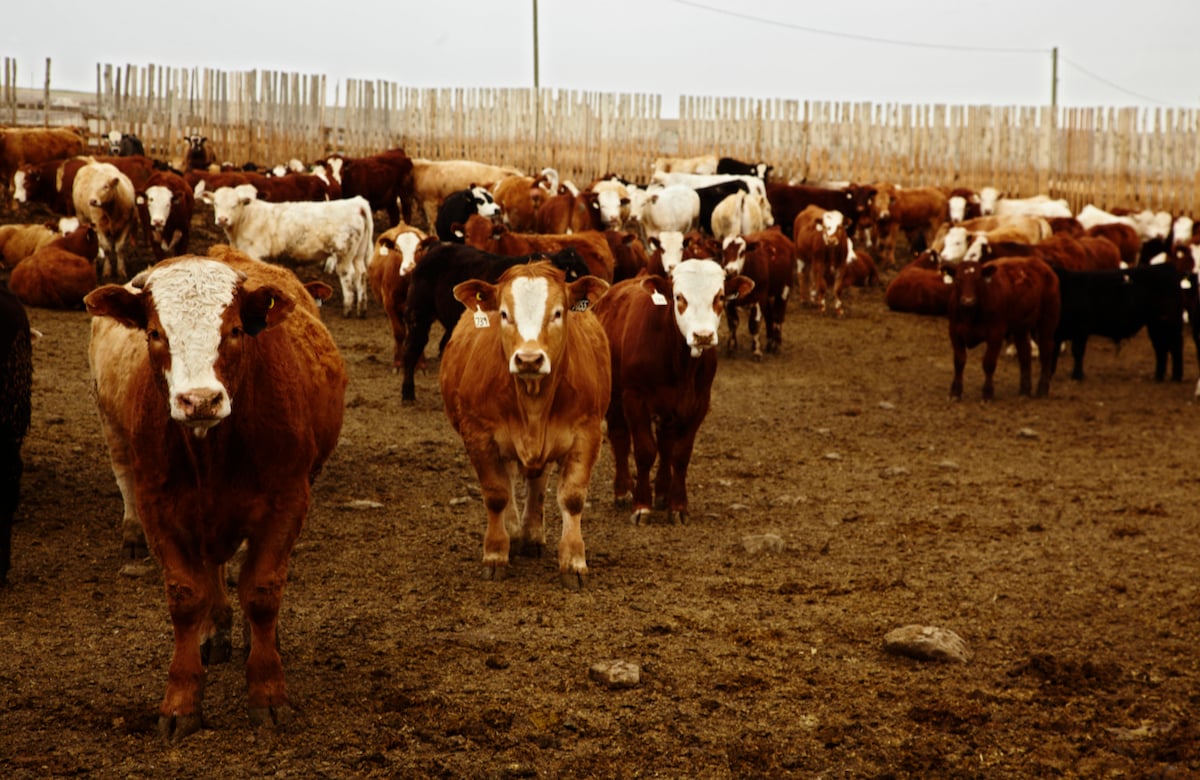
Trade tariffs would leave U.S. beef industry at risk
Any new tariffs on live cattle entering the U.S. would affect beef prices, says industry analyst Steve Kay
A major underlying thread was change. “In rural communities, we are resilient, but need to re-invent the way we are doing things,” she says.
McCray shared a quote of Margie Warnell’s: “We overestimate the risk of failure and deny the cost of inaction.”
She breaks down her “idea friendly” theme into three concepts:
- Gather your crowd.
- Build connections.
- Take small steps.
She encouraged those in the audience to take a few moments to ask themselves two questions, and fill in the blanks: If our town had ___ and if our town was ___
- RELATED: How do you keep a kid on the farm?
Gather your crowd
McCray describes the old way of revitalizing communities as developing committees to write a plan. She suggests we get rid of the old committee structure. The new way is to start a movement. Involve people in projects they enjoy doing.
To understand this new approach, she explains that when introducing themselves, younger people will cite the activities they enjoy doing. Us older folks will introduce ourselves by the stating the organizations we belong to.
“Activities are best outside of the meeting room,” she says. McCray shared the story of a group of teenagers in a small town who wanted a movie theatre. They loved the idea of a movie theatre, but did not have access to one in their small town. So they created a pop-up movie event in a local school gym.
Again, she asked the audience to imagine what would happen if they gathered their crowd.
It occurred to me that our local ag societies are an existing entity from which to launch some of these approaches. Those ag societies have accomplished remarkable things and are the cornerstone of many rural communities.
Build connections
The traditional way of building community projects has been to form subcommittees, make presentations to the board, conduct a feasibility study and then add it all to the five-year business plan. McCray believes this is the harder path. Sometimes we can just form groups. One small community wanted a microbrewery. So, their first step was to start a group of home brewers.
Again, she asked the audience to imagine what’s possible by completing the sentence, “If we built connections ___”
Take small steps
“Failure is actually free, high-quality research offering direct evidence of what works and what doesn’t,” she says. This paradigm shift is an example of a practice we can apply in our own operations. Why can’t we consider letting the next generation try things they are enthusiastic about?
By taking small steps, we can act more quickly and avoid sometimes-cumbersome bureaucratic processes.
McCray also says trying to convince people to change their minds is a hard way to do things but taking an attraction approach can be more successful. The example she shared was of a community that wanted to clean things up, in particular dirty sidewalks. A creative member of the community simply started by cleaning up the sidewalk in front of her business and sharing it on social media, with a hashtag. The concept caught on and soon many others in the business community were doing the same.
B=MAP
McCray referred to the behaviour model developed by B.J. Fogg, behaviour scientist and founder of the Behavior Design Lab at Stanford University. It states that for a behaviour to occur, three things must converge: motivation, ability and a prompt. It is universal in scope and applies to all ages and cultures.
Fogg says if a behavior does not happen it is because one of the three elements is missing. Think of examples in your own world where one of those elements was not present. It even makes me think of how we handle animals, with more learnings from a recent workshop with Dawn Hnatow of Cattle Up Stockmanship. I suspect we focus on motivation and prompts but perhaps should consider the ability of the animals to do what we’re asking. Or people, for that matter.
McCray’s interpretation of Fogg’s work is that the size of the action needs to match the level of motivation. “Once you take a step, you are more likely to take action by building on previous successes,” she adds. “You build a stronger community through experiences that bring people together from across groups to each play a meaningful role.”
She encourages people by reminding them that they don’t have to know all the answers as long as they stay open to new ideas. Throughout her talk, she cited examples of small communities that had made notable changes following her philosophy.
From her website IdeaFriendly.com, “We celebrate the entrepreneurs, businesspeople, dreamers, makers, artists, experimenters, performers, crafters, bakers, up-cyclers, junkers, people who sell in booths and homes and parking lots, trucks, and sheds. Together we prosper, right here where we are. We are creating the community we want one small step at a time. It is nothing short of a revolution in how we build our town together.”
That’s an idea I think we can all get behind.


